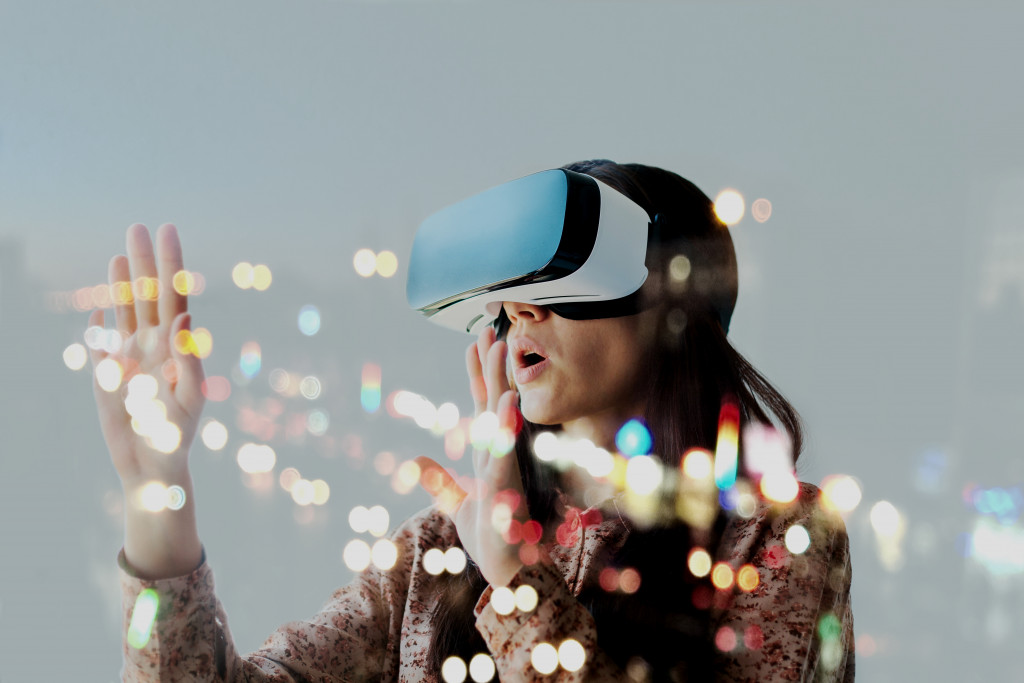As the COVID-19 pandemic established the importance of digital preparedness, our lives continue to go on despite the health crisis. Digital infrastructures supported the digitized economy and kept people updated with the latest information. Meanwhile, countries and businesses learned to adopt digital approaches to remain resilient and competitive during the pandemic.
It is common knowledge that the COVID-19 pandemic has amplified the role of digital technology in our lives. It has presented a lasting effect not just for our economy, but on our daily lives as well. Since everything is done online, people discovered innovations to limit person-to-person interactions, automate manual processes, and boost productivity despite restricted activities.
While companies are still in the process of shifting their operations during this pandemic, it is important to recognize the rising digital trends that will propel us towards a post-pandemic world. Here are some top technology trends we’ll be seeing more in the digital landscape this 2021.
Artificial intelligence (AI)
Advances in AI solutions have already established their significance in many industries. One example is the immediate discovery of vaccines and modern medicine through innovative therapies and specialist instruments, such as in vitro imaging and testing systems and other test equipment. This helped pharmaceutical companies to speed up their efforts in drug formulation and form.
The pandemic has indeed prompted a massive urgency in accelerating digital tools because of the sudden shift in workspaces and daily routine. As more companies operate their businesses online, more people found an urgent need for tools to facilitate remote operations and manufacturing facilities. Although most of these changes are only small scale, this became helpful for retail businesses to integrating the physical and digital elements of their operations.
This 2021, we’ll be seeing more changes on how AI will help us overcome technology barriers concerning supply chain and retail industries. It will be evident in delivering a personalized experience to customers and new buying patterns. Technology will empower users by relieving them from the burden of performing complex operations by enabling computers to make decisions, recognize human speech and images, and analyze human behavior.
Remote work technologies
As governments enact strict policies in reducing human contact, businesses turn to remote working. This new work setup led tech companies to introduce technologies that enable digital collaboration and smooth work processes despite long distances. These include cloud technology, virtual meetings, and work collaboration programs. There are also facial recognition tools that allow employees to protect the privacy of their homes by using virtual background during videoconferences.
Remote work tools prevent not only the spread of COVID-19 but also help employees practice flexibility, even if they are not in a traditional office environment.

Yet remote working also comes with challenges to employees and business owners. Tech support, privacy, and data security are some critical issues during videoconferencing sessions. Remote work also presents bigger issues concerning labor law, income tax, and safe workplaces. It also gave way to feelings of loneliness and problems associated with work-life balance.
If working from home becomes more widely practiced in the succeeding years, employers will soon adopt remote work online tools to completely reduce overhead expenses when managing an on-site office. Lawmakers must also introduce newer policies that cater to the needs of remote employees, and more researchers will conduct studies to understand the implications of remote work in balancing work and personal life.
5G networks
Everyone with access to the Internet is looking for smoother and faster connectivity in the workplace and at home. The COVID-19 pandemic strengthened this desire as employees left their four-walled cubicles for a home office setup. Because of the lack of well-connected network facilities, this put too much pressure on workers to experience better connectivity with their coworkers.
Because of this connectivity demand, telecommunication companies are now deploying innovations to ensure the implementation of 5G networks. In fact, Verizon launched a 5G virtual lab and deployed 5G coverage in San Diego, California, last May 2020. Meanwhile, over 80 operators from more than 35 countries have already rolled out commercial 5G services.
In China, people are witnessing rapid deployments in 5G connectivity. Network equipment company Ericsson is receiving a huge surge in 5G subscriptions from China. Meanwhile, Chinese hospitals are now relying on 5G-powered robots to conduct health examinations, where robots monitor the patient’s temperature.
This is not surprising if 5G networks will continue to boom this 2021. We will see more smartphones with 5G connectivity features, making it possible for zero-distance connections between machines and humans.
As we move forward, we will be seeing more innovations in the digital landscape aside from what we mentioned above. Despite the current crisis, this only proves that technology has played an important role in creating resilient organizations, people, and society.
